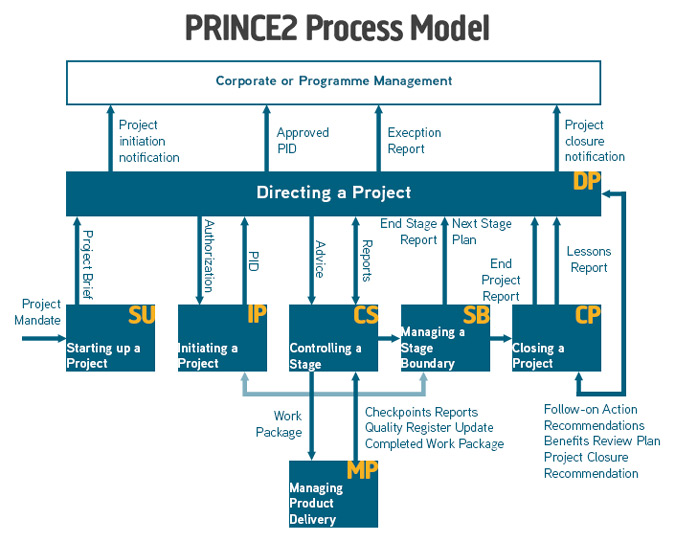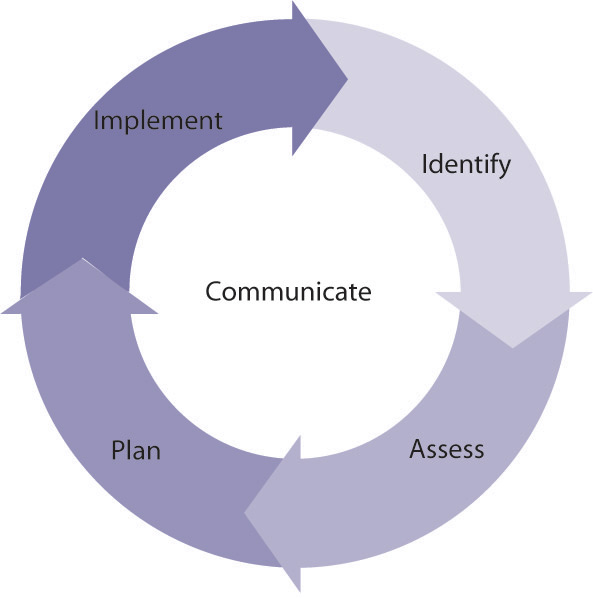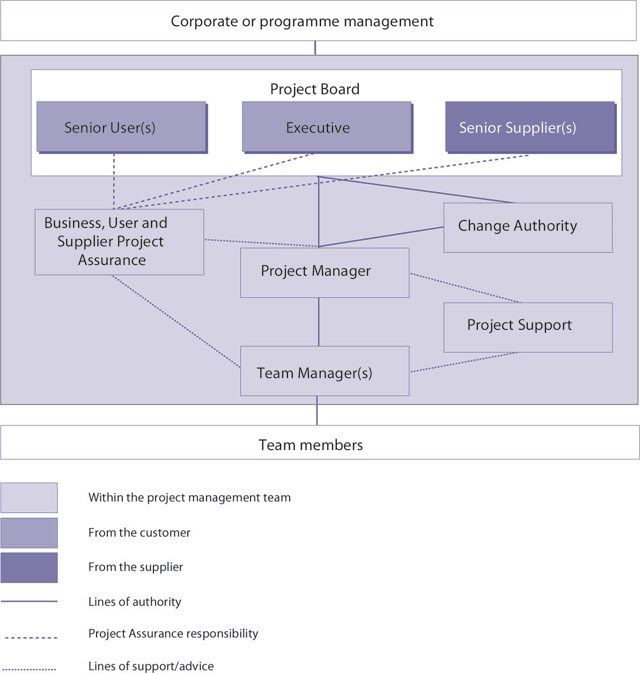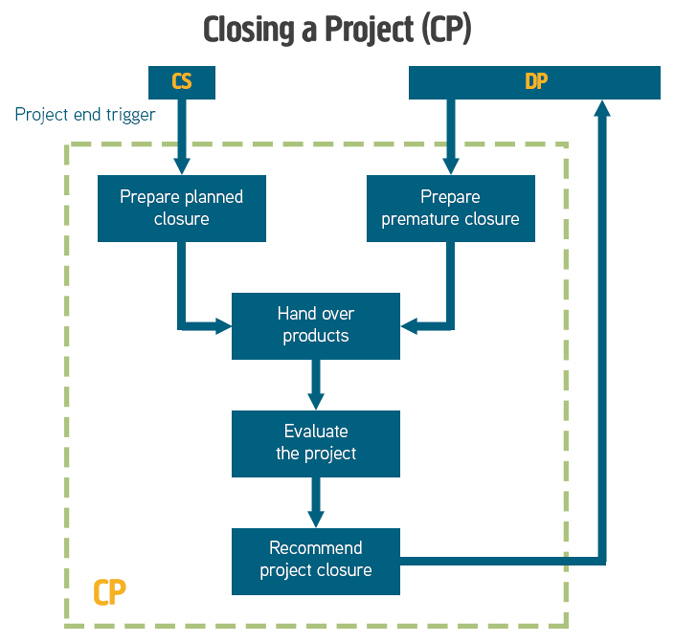Delegation is about letting employees make decisions and work on their own initiative. To be successful, employees must have the resources to complete a delegated task. This may mean providing training, tools and support.
Managers can delegate authority however they cannot delegate responsibility, this is important. Although an employee is responsible for meeting deadlines, goals and objectives, the Manager is still ultimately responsible for the success of the delegated task.
Delegation Benefits
- Employees may do a better job when they feel personally accountable, even though responsibility ultimately rests with the individual who made the delegation.
- Delegation can make an employee's work more varied and therefore motivate the employee.
- Managers have more time to innovate and plan.
- When delegation involves training and mentoring, the organisation will benefit from a more highly skilled workforce.
- Employees will learn to be better decision makers given more responsibility.
Delegation Drawbacks
- Managers may lack the knowledge or motivation to delegate.
- Managers may choose the wrong tasks to delegate.
- Managers may not communicate the task effectively, providing inadequate direction.
- Some managers get stuck in the belief that "if you want a job done right, you have to do it yourself."
- Managers may:
- Lack trust in their employees
- Fear being seen as lazy
- Be reluctant to take risks
- Fear competition
Any of the above may result in incomplete or incorrectly completed tasks.
The manager is ultimately responsible for delegation and must take responsibility for:
- Delegating the wrong task
- Delegating to the wrong person
- Not providing proper guidance.
The employee is ultimately responsible for:
- Doing the task incorrectly when given adequate resources, guidance or training.
Andy Trainer
16 Jan 2008
McClelland identified three key motivating drives that work for everyone. He named these key drives as:
- The Need for Achievement
- The Need for Affiliation
- The Need for Power
He also identified how these needs each vary in strength between different people. Everyone, says McClelland, is motivated by all of these, but to motivate individuals, the manager needs to consider what the primary drivers in each case are.
Achievement
How to recognise the Achievement Motive in a person
- They like working by themselves and making their own decisions
- They like realistic challenges and getting things done
- They do not work well under close supervision
How to deal with them and arouse their Motivation
- Be factual, to the point and straightforward, minimise discussions
- Use a business-like approach, no unproductive encounters or 'passing the time of day'
- Offer ideas and suggestions and avoid telling them precisely what to do
- Let them play a significant role in making the decision as this will commit them to it
Affiliation
How to recognise the Affiliation Motive in a person
- They seek the company of others and seek to make friends
- They are eager to interact and need to be liked as a person
- They are warm and can appear non-assertive
- They may talk at length about family, friends and outside interests and engage in social ritual
How to deal with them and arouse their motivation
- >They respond to warm human qualities, a smile and interest in family, social activities
- Be prepared to spend time developing a warm relationship with them as they will do things for people they like
- They are motivated by friendship and relationships and do things for people they relate to on a personal basis
Power
How to recognise the power motive in a person
- They tend to be firm, direct and competitive, and they try to be persuasive in their dealings
- Thy like to impress and may express their status needs by displaying objects, such as trophies, medals and works of art
- Like to act as a representative and spokesman for other people and to give advice
How to deal with them and arouse their motivation
- Treat them as important people and recognise and refer to their status objects
- They are impressed by manner of dress, the size of the office, club membership, salary, type of car and status achievements of the people they associate with
- Ask their advice and opinion on matters, and listen to their point of view.
- They pay particular attention to the manner of presentation of reports of discussions, they like things to 'look good' as well as be good.
Andy Trainer
30 Oct 2007
To be effective in your work means doing the right things (effectiveness) in the right way (efficiency); this involves being clear about the key result areas of your job and the precise outputs required. Planning is central to time management, but it is not the first step. You must first know what it is you are planning. What is your work or, more correctly, what should your work be? If you are to plan you must plan to do the right things. Learn how to achieve key results in time management on our 1-day Time Management Course.
What are Key Result Areas?
These are the major overall things your organisation expects you to achieve. In other words, your purpose or why I am here. They may be reflected in your job description; they may be given to you as objectives or targets. You may have your own professional/personal result areas too.
Once you are clear on your Key Result Areas, you can go to plan your work practices more efficiently as all of your objectives should relate back to them. This means that you will never again be involved in activities that are outside the scope of your job and, therefore, a waste of your time!
Make a list of your key result areas NOW!
When you have that list you can divide it into tasks as follows:
- Active Positive Tasks
- Reactive Maintenance Tasks
Active Positive Tasks
So-called because they bring you and your long-term objectives forward. They are neither urgent nor obvious - they require justification, creativity and special effort. Planning, developing new projects or devising new procedures are examples of these tasks; if they are not performed, effects are not immediately obvious BUT their achievement will be directly in line with the achievement of your Key Result Areas.
Reactive Maintenance Tasks
These are the tasks which are probably the most visible part of your job; the day to day routine aspects of your work. Such tasks are usually urgent and quantifiable - individual steps in the process are clear. Such tasks do not require justification - they are part of normally accepted procedure. If these tasks are not done properly or on time, the effects are obvious to others. Reading your emails, doing routine reports are examples of this type of task. These tasks are called maintenance tasks because they maintain things as they are.
Effective time management is about the ability to balance and prioritise.
Make a list of your Active Positive Tasks and your Reactive Maintenance Tasks. Then review your lists:
- What percentage of your time do you spend on each?
- How happy are you with this?
- How can you bring about change in these areas?
Whilst we cannot always change the things that adversely impact upon our working day – interruptions, time wasters - we can control our own behaviour. Bringing about improvements in time management is essentially about changing our behaviour and implementing new techniques and habits.
Andy Trainer
26 Oct 2007
The PRINCE2® Process Model describes the seven processes in PRINCE2 Project Management - click the image to open a larger version in a new window.

To dig further into the PRINCE2 Process Model and the seven process models, read our article on PRINCE2 Process Diagrams.
Lean more about the PRINCE2 Process Model on our PRINCE2 Courses.
Andy Trainer
16 Oct 2007
PRINCE2® Themes – Risk Management
The purpose of the Risk theme is to identify, assess and control uncertainty and, as a result, improve the ability of the project to succeed.
Risk taking in projects is inevitable since projects are enablers of change and change introduces uncertainty, hence risk. Management of risk should be systematic and not based on chance. It is about the proactive identification, assessment and control of risks that might affect the delivery of the project’s objectives.
The project should establish and maintain a cost effective risk management procedure. The aim is to support better decision making through a good understanding of risks – their causes, likelihood, impact, timing, and the choice of responses to them.
Management of risk is a continual activity, performed throughout the life of the project. Without an ongoing and effective risk management procedure it is not possible to give confidence that the project is able to meet its objectives and therefore whether it is worthwhile for it to continue. Hence effective risk
management is a prerequisite of the continued business justification principle.
Risk management:
For risk management to be effective, risks need to be:
- Identified This includes risks being considered that could affect the achievement of the project’s objectives, and then described to ensure that there is a common understanding of these risks
- Assessed This includes ensuring that each risk can be ranked in terms of estimated likelihood, impact and immediacy, and understanding the overall level of risk associated with the project
- Controlled This includes identifying appropriate responses to risks, assigning risk owners, and then executing, monitoring and controlling these responses.
Risk Management procedure

© Crown Copyright 2009. Reproduced under Licence from OGC
PRINCE2 recommends a risk management procedure comprising the following five steps:
- Identify (context and risks)
- Assess (i.e. Estimate and Evaluate)
- Plan
- Implement
- Communicate
The first four steps are sequential, with the ’Communicate’ step running in parallel because the findings of any of the other steps may need to be communicated prior to the completion of the overall process. All of the steps are iterative in nature in that when additional information becomes available, it is often necessary to revisit earlier steps and carry them out again to achieve the most effective result.
In addition to our PRINCE2 Courses we can also arrange Risk Management course on a private basis on dates to suit.
Andy Trainer
12 Jul 2007
PRINCE2® Themes – Organisation
The purpose of the Organisation theme is to define and establish the project’s structure of accountability and responsibilities (the who?).
There are four layers of management in a project:
- Corporate or Programme Management
- Project Board
- Project Manager
- Team Managers

© Crown Copyright 2009. Reproduced under Licence from OGC
- Executive – a key decision maker who owns the business case
- Senior User – Provides user resources. Defines and verifies user requirements and expectations.
- Senior Supplier – Provides supplier resources.
- Project Assurance – Advises on selection of team members. Advises on stakeholder engagement.
- Project Manager – Prepares strategies. Reviews and updates project management team structure. Prepares role descriptions.
- Team Managers – Manage team members. Advises on team members and stakeholder engagement.
- Project Support – Provide administrative support to the project management team.
Some of the PRINCE2 roles cannot be shared or delegated. The Project Manager role cannot be shared or the decision making roles and responsibilities of the Project Board or Project Manager.
Andy Trainer
12 Jul 2007
PRINCE2® PROCESSES – Closing a Project (CP)

See our courses for PRINCE2.
The purpose of the Closing a Project process is to provide a fixed point at which acceptance for the project product is confirmed and to recognize that objectives set out in the original Project Initiation Documentation have been achieved (or approved changes to the objectives have been achieved), or that the project has nothing more to contribute.
The objective of the Closing a Project process is to:
- Verify user acceptance of the project’s products
- Ensure that the host site is able to support the products when the project is disbanded
- Review the performance of the project against its baselines
- Assess any benefits that have already been realized, update the forecast of the remaining benefits, and plan for a review of those unrealized benefits
- Ensure that provision has been made to address all open issues and risks, with follow-on action recommendations.
The main products of this process are as follows:
- Project Plan updated with final actual
- Product Status Account covering the status of all products for the project
- Issue register to identify any outstanding issues
- Follow-on action recommendations created with any outstanding issues to be addressed
- Configuration item records updated with current status of products
- Benefits review plan updated with dates for benefits realization
- Acceptance records for products completed
- End project report created
- Lessons Report created
- Close Issue, Risk, Quality registers, Daily and Lessons Log
Andy Trainer
12 Jul 2007
PRINCE2® PROCESSES – Controlling a Stage (CS)

The purpose of the Controlling a Stage process is to assign work to be done, monitor such work, deal with issues, report progress to the Project Board, and take corrective actions to ensure that the stage remains within tolerance.
For each stage, the following cycle of activities will be covered:
- Authorise a Work Package
- Review Work Package Status
- Receive Completed Work Packages
- Review the stage status
- Report highlights
- Capture and examine issues and risks
- Escalate issues and risks
- Take correction action
The continued assessment of risk and issues during this process is important.
Products used or produced during this process:
- Work packages, detailing the products to be produced must be agreed between Project and Team Manager.
- Quality register – checked for approved products produced
- Configuration item records – updated with the latest status of products
- Checkpoint reports – reviewed in preparation for Highlight reports
- Highlight Reports (time-driven control) produced by the Project Manager, sent to the Project Board advising on progress information.
- Issue reports and Issues register in which all issues are captured and examined.
- Daily log – used to informally manage any risks and issues
- Lessons Log – updated with any lessons learned during the stage
- Updated Risk register.
- The Stage Plan which is regularly updated with actual achievements.
- An Exception Report may also need to be created if an issue is forecast to exceed stage tolerances.
Learn more about the Controlling a Stage Process on our PRINCE2 Courses.
Andy Trainer
12 Jul 2007